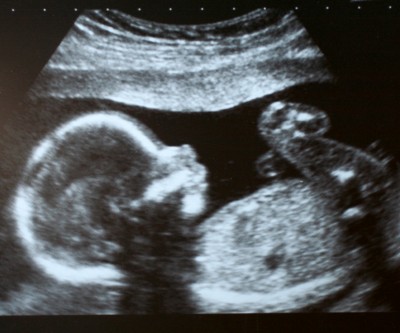
Children who are born preterm, before 37 weeks of pregnancy, have a higher risk for developmental delays. Identifying this risk early on can lead to interventions that improve outcomes for children. Currently, gestational age (i.e., the length of a pregnancy) is estimated based on the last menstrual period with confirmation by ultrasound.
In a study from the Epidemiology Branch, researchers tested whether alternative gestational age measurements, called epigenetic clocks, are beneficial in evaluating risk for developmental delays. These clocks measure a type of genetic tag called DNA methylation, which may provide more insight into biological maturity than a measure of time in the womb alone.
The study team found that both the current clinical measurement for gestational age, as well as epigenetic clocks, can be used to assess developmental delay risks. For example, the odds of any developmental delay among births in the study was 19 to 26% lower for each additional one-week increase measured by the epigenetic clock. The team also found that the difference between the clinical measurement and the epigenetic measurement, called gestational age acceleration, was not associated with developmental delays. While researchers had thought this measurement may be associated with development, the findings suggest that it is not a useful tool to evaluate added risk. Additional research in these areas can improve the accuracy of gestational age estimates in examining long-term impact on child health.
Learn more about the Epidemiology Branch: https://www.nichd.nih.gov/about/org/dir/dph/officebranch/eb
 BACK TO TOP
BACK TO TOP